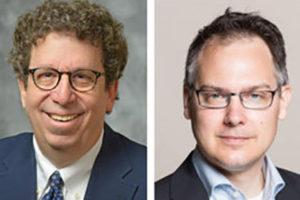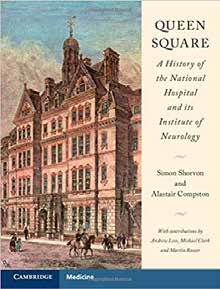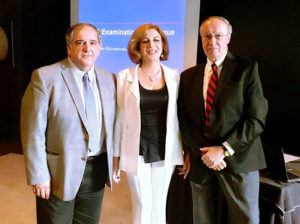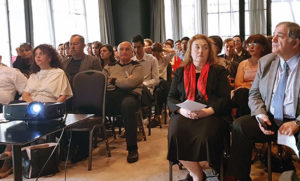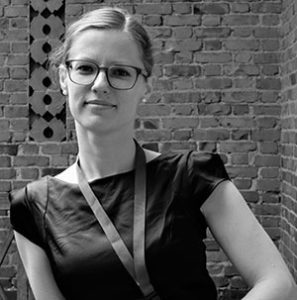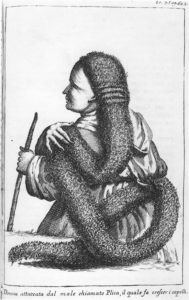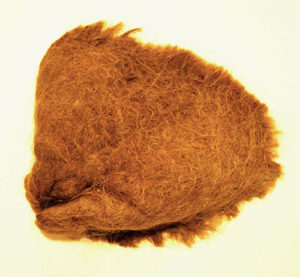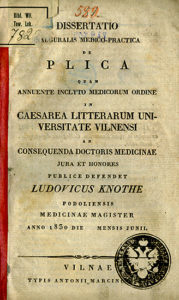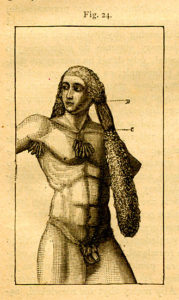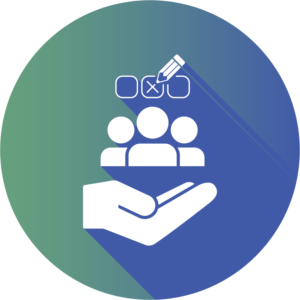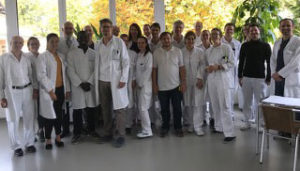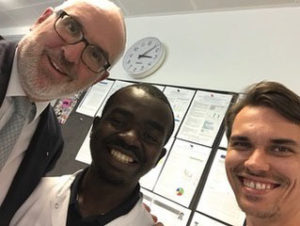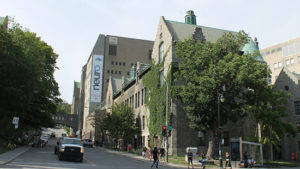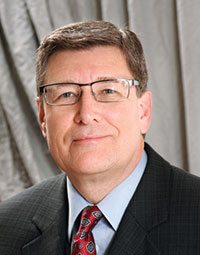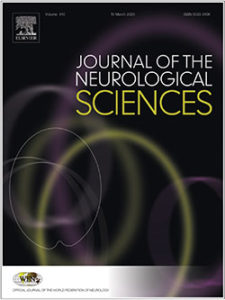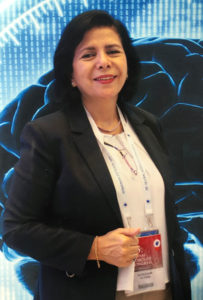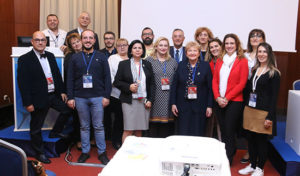By Nils Erik Gilhus, Aud Kvalbein, and Anette Storstein
The Norwegian Brain Council (NBC), established in 2007, has been a pioneer in combining health worker organizations, patients, and research. The council is recognized nationally and seen as a key contributor to the Norwegian health system.

NBC is an umbrella organization made up of 58 member organizations. Membership includes 13 health professional organizations, 25 patient and user organizations, 12 leading research groups, and eight health institutions. Commercial companies cannot be members nor has the Council individual membership. NBC has only two permanent employees. Thus, many activities are based on voluntary work and work in the member organizations. From 2016, the council has received permanent funding directly from the government. Project funding from various sources remains crucial.
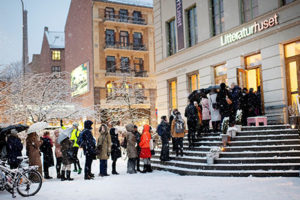
People waiting in a line to attend an open brain council meeting on sleep disturbances in Oslo.
The NBC works in the interface between health authorities, politicians, and society to promote better treatment and research for disorders affecting the brain. It was instrumental in launching a government-approved, national brain health program in 2017. This was probably the first such national brain health initiative taken. Hopefully, this program will represent a framework for future funding of specific projects in Norway supporting research and better treatment for patients with brain disease.
The first results of the brain health program have already appeared. Some neurodegenerative diseases have been selected as the focus of the first national Norwegian research center for patient treatment. This Neuro-SysMed group will concentrate its activities on dementia, Parkinson’s disease, ALS, and multiple sclerosis. The center will combine clinical trials and more basic research, and with funding directly from the government for up to eight years. Another consequence of the brain health program has been the establishment of two networks funded by the Research Council of Norway, Epilepsy-Net, and Norwegian Vision in Stroke Network. The Research Council of Norway would most probably not have selected brain disorders as the pioneers for new research instruments in clinical medicine without the hard work of the NBC.
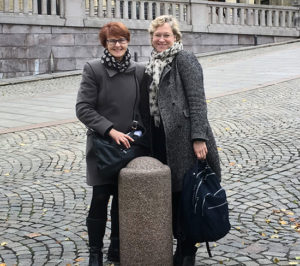
The previous leader Hanne F. Harbo and CEO Aud Kvalbein in front of Stortinget, the Norwegian parliament, after a successful meeting.
The NBC aims to improve brain health through research, prevention, treatment, and follow-up. This should be fulfilled through information to the community, government agencies, health professionals, patients, users, and caregivers. The council will promote correct diagnosis and optimal treatment, prevention and rehabilitation of brain disorders, and furthermore strengthen and support research regarding the functions, diseases, injuries, and disorders of the brain and other parts of the nervous system. NBC has established a separate subcommittee for research.
The NBC is eager to join forces with other organizations and institutions for well-defined projects. Such partnerships can also include the pharmaceutical industry and other commercial companies. NBC has recently established a partnership with the Norwegian Council for Mental Help, thus emphasizing the policy of including mental disorders in brain disease.
The initiative to launch NBC was taken by neurologists. The Norwegian Neurological Association has from the beginning been an active member with an adequate representation on the NBC board. However, brain health involves more than neurology. Psychiatry and mental help organizations are active members as well as pediatrics, neurosurgery, and rehabilitation medicine. The members also include organizations for non-medical professionals, for example, neuropsychologists and speech therapists. The research membership spans from basic neurobiology to health-registry-based groups. The research group of the Nobel Prize winners (2014) May-Britt and Edvard Moser is a highly supportive NBC member. NBC has a stronger voice than each organization alone and should be able to compete with the forceful cancer and heart associations.
The NBC has made an impact in promoting better treatment and diagnosis for patients with brain disorders in Norway, and in increasing the support for neuroscience. Through joint action, the neurologists and other health professionals, patients, and neuroscientists who make up the NBC have influenced decisionmakers in national and regional health authorities and governing bodies. The NBC has grown in strength and stature during its 12 years of existence. With its ambitious aims and well-defined strategies, the council is looking forward to a brighter future for patients with brain disease. •
Nils Erik Gilhus is in the department of clinical medicine at the University of Bergen, Norway; Aud Kvalbein is in the department of neurology at Haukeland University Hospital in Norway; and Anette Storstein is on the Norwegian Brain Council in Oslo, Norway.
